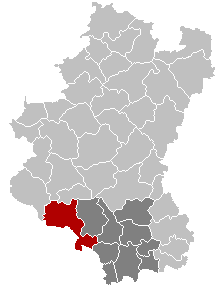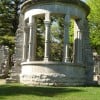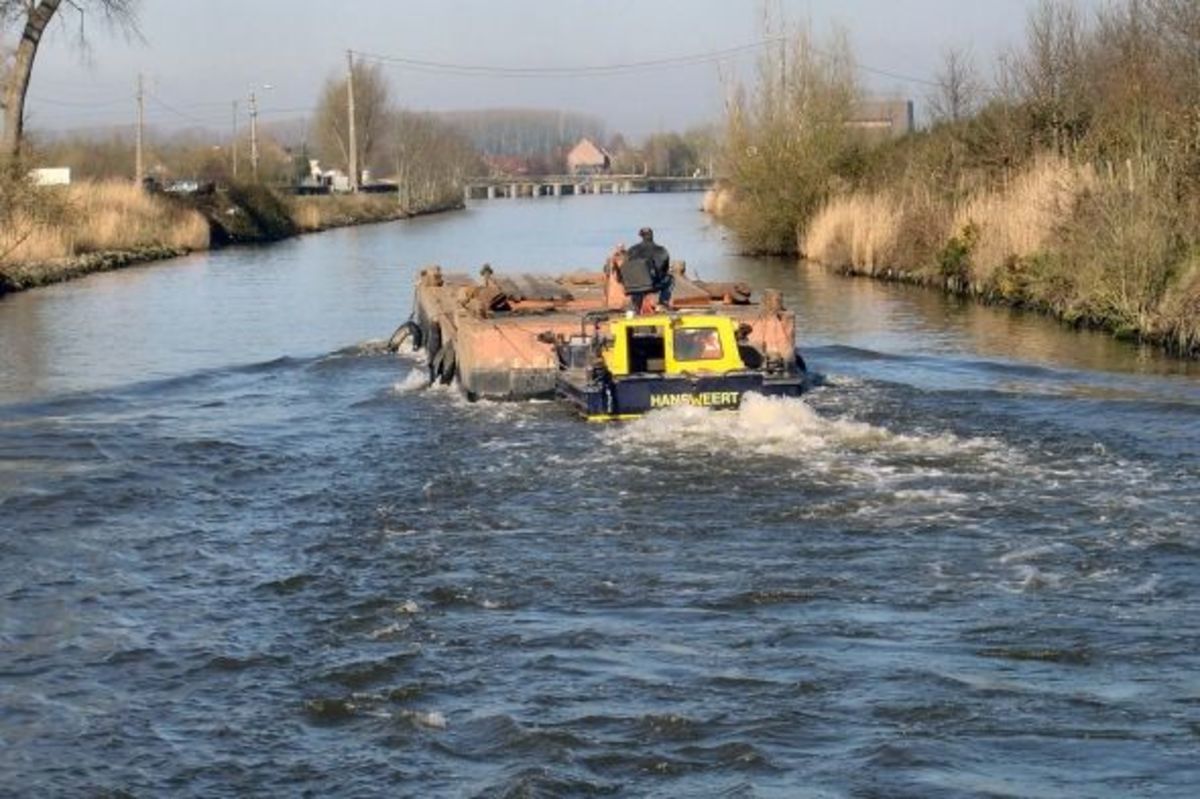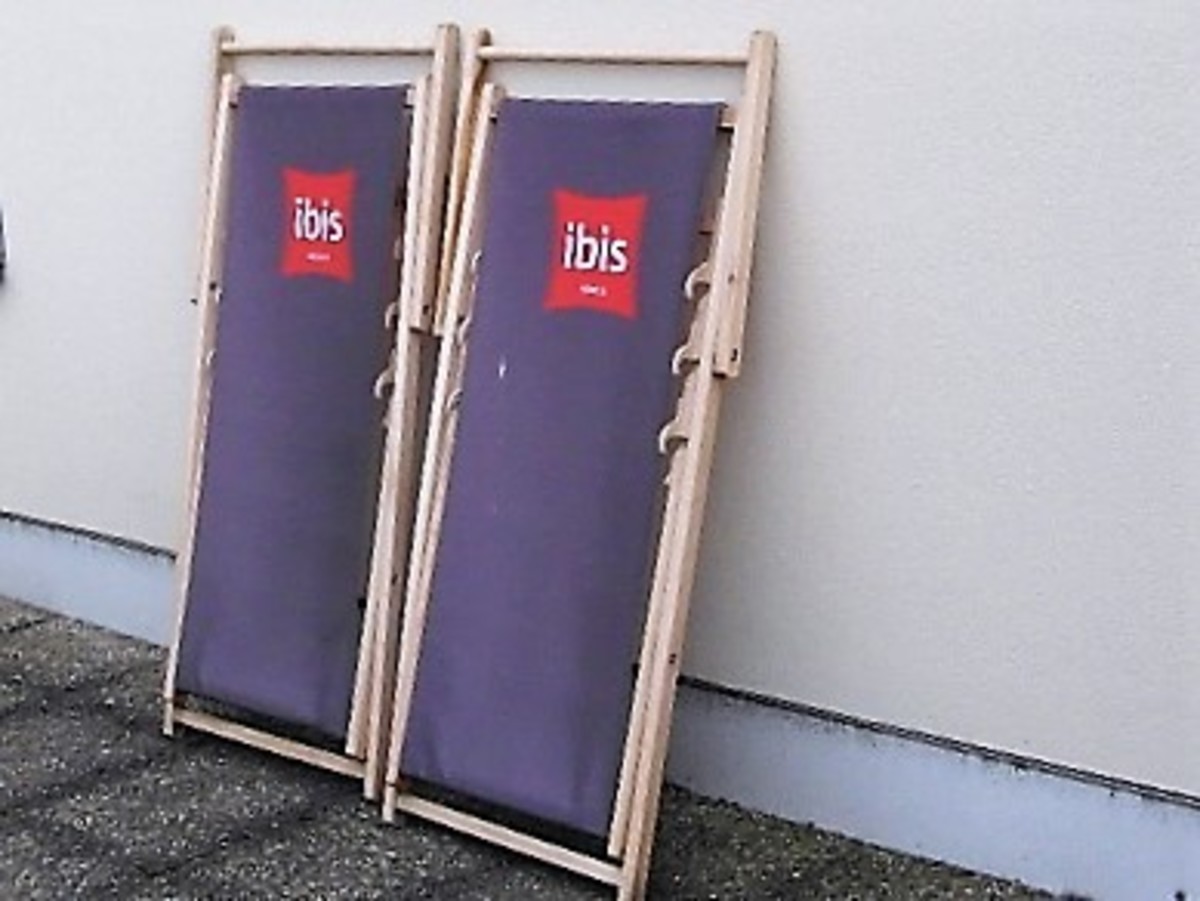Visiting the Abbey ruins at Villers-devant-Orval, Belgium: containing the grave of the first Duke of Luxembourg




Names, titles and the mists of time
These Abbey ruins at Villers-devant-Orval, Belgium, contain the grave of the first Duke of Luxembourg, Wenceslas (other spellings include Wenceslaus, Wenzel, and Václav)(1). The dates of Wenceslas I were 1337-1383.
"I thought you said 'Belgium', not 'Luxembourg'?"
Well, that's right, yes, Belgium. You see, there is a Belgian province of Luxembourg as well as the independent country, the Grand Duchy of Luxembourg.
"Oh, so Belgian Luxembourg has its own Dukes, too, does it?"
Well, no. At one time, prior to 1839, what are now Belgian Luxembourg and the Grand Duchy of Luxembourg were united together. The Dukedom dates from 1355, when Wenceslas's brother-in-law was Holy Roman Emperor and decided to confer on Wenceslas the title of Duke of Luxembourg. But by the 19th century, the title 'Grand Duke of Luxembourg' was synonymous with the King of The Netherlands: the Dutch monarch reigned as King in the Kingdom further north, but as Grand Duke in Luxembourg.
"Wenceslas...doesn't the name sound vaguely familiar?"
Well, in English, the Christmas carol 'Good King Wenceslas' refers to Wenceslas I (c.907-935), Duke of Bohemia, who reigned from 921 until 935 (interestingly, he was designated 'King' posthumously). But the name Wenceslas was also popular among Bohemian princes. In the Middle Ages, the title of Duke of Luxembourg was a times held by the King of Bohemia.
"So, anyway, it's good to see how well preserved is the Medieval grave of the first Duke of Luxembourg!"
Well, sorry to disappoint you, but it's actually a replica.
A few further facts; the Abbey was originally founded in the 11th century, but over the years it passed from one order to another; these orders included Benedictines (French: les Bénédictins ), Cistercians (French: les Cisterciens ) and Trappists (French: les Trappistes ) — the latter orders now being united. The Medieval ruins, with frequent arching, including a well-preserved Gothic cloister arch, are basically in their current state because of the French Revolution, when the Abbey for a period disbanded.
Orval is situated in Florenville, in the Gaume region of the Belgian province of Luxembourg, itself in the Walloon region (French: Région wallonne ).
December 6, 2012
Notes
(1) There are many spellings to the name of this historical personality (incidentally not usual with people and places associated with Luxembourg).
(2) The fact that the Gaume region is administratively within Belgium's Walloon region can be a little confusing, because Walloon also refers to a local language spoken in southern Belgium, alongside French. Whereas the Gaume region lies outside the traditionally Walloon-speaking area, and instead, as well as French, Lorrain is also still to some extent spoken.
Also worth seeing
Physically adjoining the Abbey ruins at Villers-devant-Orval is a 'new', Trappist Abbey, built in the mid-20th century, with a prominent tower and which receives many customers for its prosperous trade in beer and cheese. (For some reason, the Abbey ruins attracted my interest more compellingly than the gastronomic offerings next door.)
Bouillon (distance: 36 kilometres); this town on the Semois is overlooked by the Medieval castle of Crusader Godefroid de Bouillon.
Sedan , France (distance: 36 kilometres) has an historic fortress, now a museum.
...
How to get there: Brussels Airlines flies from New York to Brussels Airport (Brussel Nationaal / Bruxelles-National ), from where car rental is available. Please check with the airline or your travel agent for up to date information. You are advised to refer to appropriate consular sources for any special border crossing arrangements which may apply to citizens of certain nationalities.
MJFenn is an independent travel writer based in Ontario, Canada.







